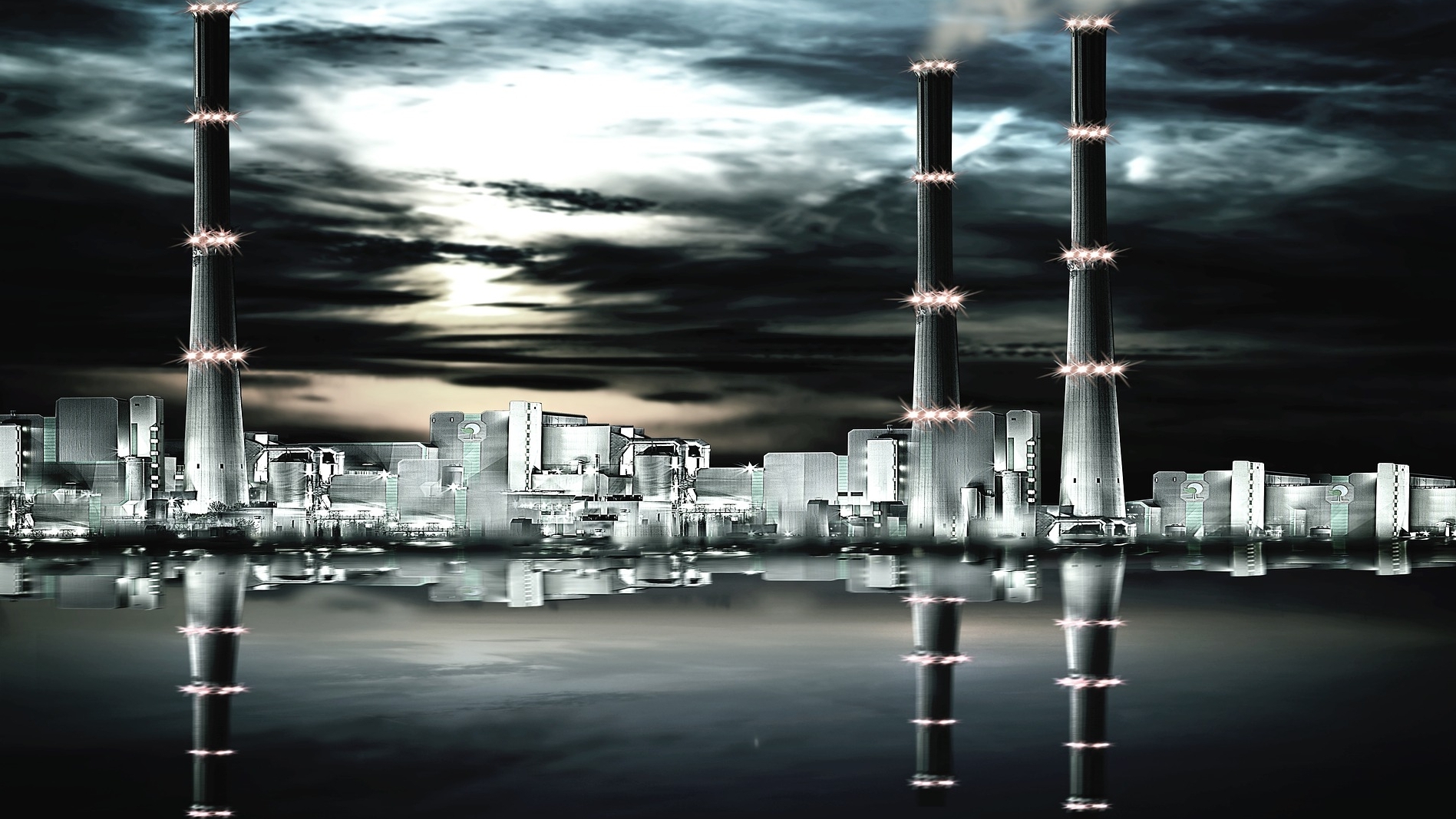In May 2021, the German government launched a revised Climate Protection Act. In addition to adjusting the targets to 2030 plus, the aim is to achieve climate neutrality by 2045.
Hans Jürgen Kerkhoff, President of the German Steel Federation, commented: "Raising the climate targets has made an enormous challenge for the steel industry even greater. The steel companies want to continue to make a decisive contribution to achieving the climate targets. Unfortunately, however, the increase in targets is not accompanied by concrete political measures and instruments that are necessary to achieve them quickly. The implementation of the steel action plan is therefore all the more urgent now and must not be delayed. Just as quickly as the German government has adjusted the climate targets, it must now set the political framework."
The switch tolow-CO2 production processes in the steel industry is associated with considerable costs that cannot be borne by the companies alone without public support. "In order for the necessary investments to be made and the plants to be operated economically despite higher costs, the necessary political framework conditions must now be put in place very quickly. Effective carbon leakage protection must not be lost sight of, especially in light of the increased climate targets. Without this, steel will in future be produced in other regions of the world with lower climate protection requirements and then imported to Germany," explains the association president.
In order for Germany to become a location for green steel, it also needs instruments such as carbon contracts for difference to cover the higher operating costs and green lead markets that create incentives for the use of green steel. Sufficient availability of climate-neutral hydrogen is also one of the key framework conditions in Germany for a climate-neutral steel industry.


